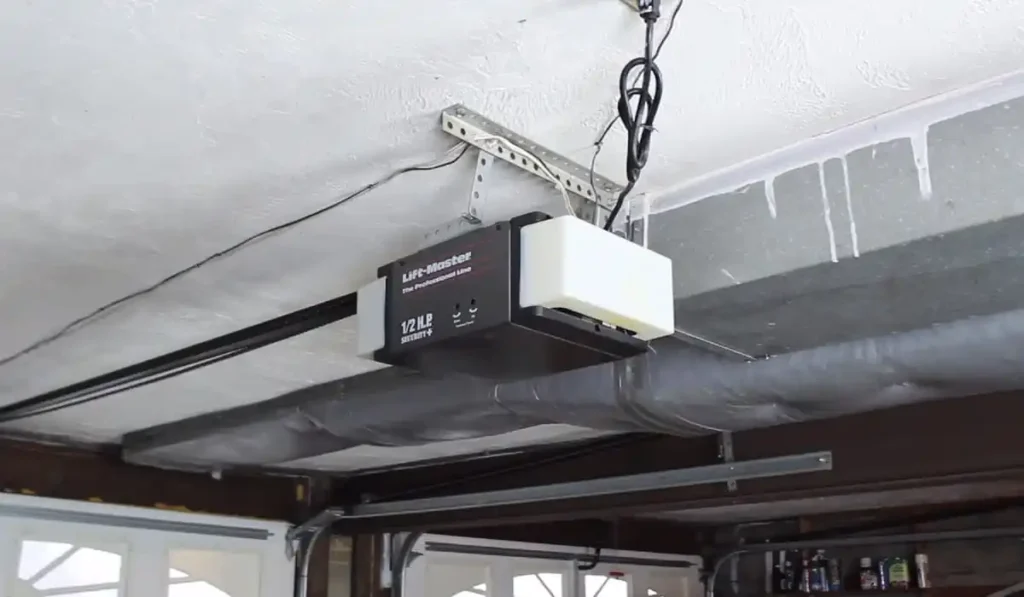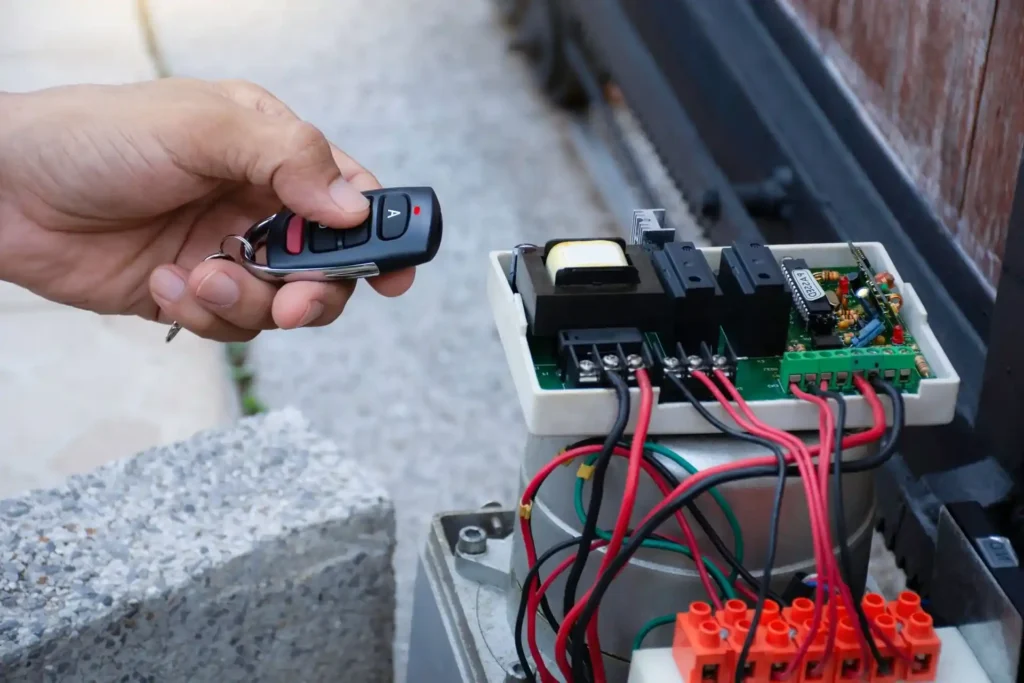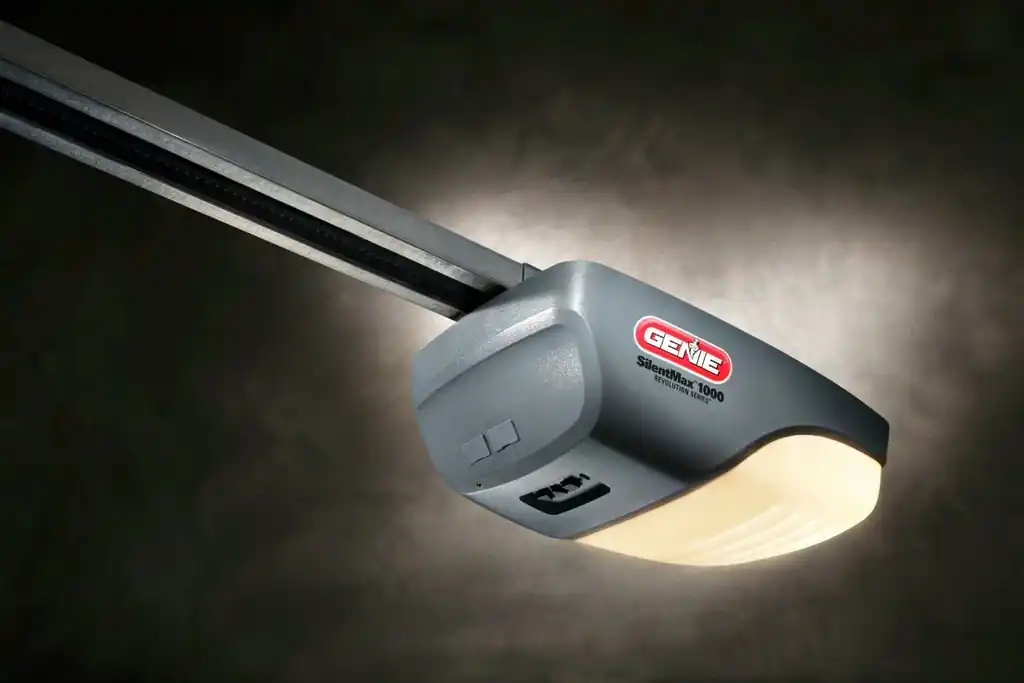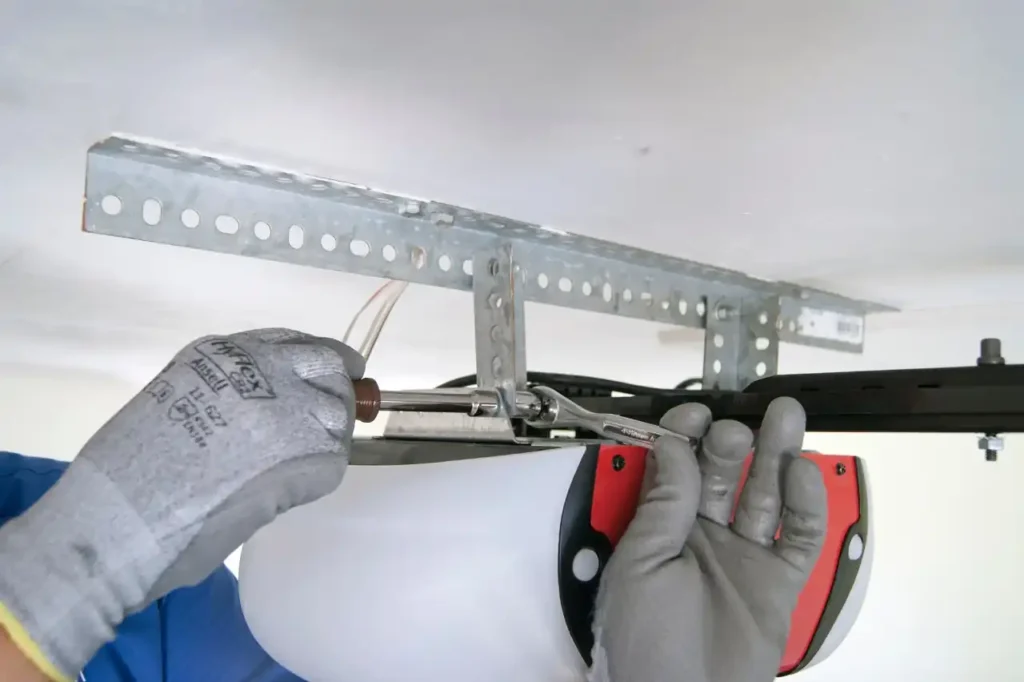So, your LiftMaster garage door opener is acting up again? Maybe it’s not responding to the remote, or the opener lights are flashing weirdly, or the whole system just seems off. Honestly, it’s kind of one of those little home mysteries — like, why won’t it just work like it used to?
If you’ve ever wondered how to tackle the lift master garage door opener reset without calling in a garage door technician immediately, you’re in the right place.
LiftMaster Garage Door Opener Reset in 2 Minutes

LiftMaster Garage Door Opener Reset doesn’t have to be this big, complicated thing. But sure, it can feel that way when you’re standing in the garage, looking at the motor unit, the control panel, and the remote control, scratching your head.
So here’s a rundown — a bit like a chat with a neighbor who’s had their fair share of garage door issues — of seven quick fixes to try before dialing a professional garage door repair service.
1. Find and Use the Reset Button (or Learn Button)
Okay, let’s start with the basics. Most LiftMaster garage door opener reset come with a reset button, sometimes called the “Learn” button — depending on the model you have. You might spot it on the back or side of the garage door operator box. Sometimes it’s hidden behind the light cover or tucked near the lock button or the panel for program buttons.
Here’s the thing: it’s not always obvious, and the button color can vary (yellow, red, or even black adjustment buttons). So if you can’t find it, check your LiftMaster garage door opener reset manual PDF or the model-specific instructions. (Yeah, manuals can be a pain, but they really come in handy here.)
Once you find it, pressing and holding that reset button for about 6 seconds usually clears all previous keyless entry codes, remote control buttons, and PIN codes.
The LED light on the motor unit might blink or turn off during the reset process — that’s your sign that it’s working. After that, you’ll want to reprogram your garage door remote or keypad. It’s a straightforward process but can feel fiddly if you’re not used to it.
Quick side note: if you’ve got a wall-mounted Wi-Fi garage opener or a newer model, the reset steps might differ, and you could need to de-link smart devices or update your online settings.
2. Check the Power Source and Circuit Breaker

Sometimes, it’s just that simple — no fancy reset needed. Power outages or tripped circuit breakers are surprisingly common culprits behind garage door opener messes. Your garage door opener unit relies heavily on a stable power supply, and if the power outlet or circuit breaker isn’t cooperating, the whole system throws a fit.
Unplug your opener, check the power outlet with another device if you can, and inspect your breaker box. If you flipped a breaker, switch it back on. Then plug the opener back in and test the garage door motor. Sometimes, the LED light or garage door opener light gives you clues — blinking or not lighting up at all can hint at power issues.
It’s like when your phone battery dies, but you didn’t notice. Oh, and speaking of batteries, don’t forget the remote control batteries. A dead battery in your garage door remote or keypad can mimic more complex problems and make you think the whole opener is broken.
3. Use the Emergency Release Cord for Manual Operation
Here’s a trick that’s both a fix and a handy emergency step. If your garage door opener won’t reset or respond, pull the manual release cord — that’s the hanging release cord you usually find near the door mechanism. This disengages the opener, letting you open or close the garage door manually.
You’re probably thinking, “Great, manual operation, but that’s not really a reset.” True, but sometimes this simple step can help you reset your expectations — or spot if the problem is mechanical rather than electrical. If the door moves smoothly by hand but not via remote or control panel, the issue’s likely in the opener or programming.
And if you’re stuck with a faulty garage door lock mechanism or weird resistance, calling a garage door repair specialist might be better than pushing your luck.
4. Reprogram the Remote Control and Keypad

If the reset button wiped out your previous settings, you’ll want to get your remotes and keypads back in sync. This part can feel like decoding some secret handshake, but it’s mostly a matter of pressing the right buttons in the right order.
Hit the Learn button on the motor unit until the LED light comes on, then press the remote button you want to program until the light blinks or you hear a click. For the keypad, you usually enter your PIN code followed by pressing the Enter button.
Here’s a tip from my own experience: don’t rush this. Sometimes it helps to stand on a ladder or use a step stool to get a better look at the control panel and learn button, especially if the light cover is blocking your view.
5. Inspect Safety Sensors and Align Them
Garage door sensors are like your opener’s eyes — and they can be surprisingly sensitive. If they’re misaligned or dirty, the door might refuse to close or act erratically. You’ll know something’s off if the door reverses suddenly or stops halfway.
Take a look at the sensors near the bottom of the door tracks. Are they facing each other? Any cobwebs, dirt, or smudges? Wiping them gently and realigning can make a world of difference. After that, reset your LiftMaster garage door opener reset to see if everything works smoothly again.
This is a quick fix that often gets overlooked, but it’s part of the whole garage door inspection routine that garage door professionals swear by.
6. Replace the Garage Door Opener Light Bulb

This might sound trivial, but the garage door opener light bulb can sometimes affect the opener’s behavior. Some LiftMaster models use the light bulb as part of their feedback system, like signaling the opener status or programming mode through flashes.
If your garage door opener light is flickering or not turning on, swapping out the bulb might be the easiest fix. It’s cheap, fast, and you don’t need to call for garage door service just for a bulb.
Fun fact: I once spent an hour trying to figure out why my opener wasn’t resetting properly — turns out, the light bulb was on its last legs. Go figure.
7. Perform a Full Power Reset
If nothing else works, try unplugging your garage door opener from the power source for about 30 seconds to a minute, then plugging it back in. This full power reset can clear glitches in the system, including weird programming bugs or a stuck lockout mode.
Sometimes, the garage door opener operator lights or the LED light will flash in a certain pattern after a power reset, which is a clue that the unit’s rebooting. Just give it a minute and then go through the programming steps again if needed.
This “turn it off and on again” method isn’t glamorous, but honestly, it solves more problems than we expect — and it’s a great first step before calling a professional garage door contractor or repair technician.
Pro Tip: When to Call a Professional Garage Door Repair Expert
Look, as much as these quick fixes can save the day, some problems aren’t worth wrestling with. If your garage door opener light keeps flashing oddly after multiple resets, the remote control refuses to sync no matter what you do, or the garage door motor sounds like it’s struggling or grinding, it’s time to get expert help.
A skilled garage door technician can do a full garage door inspection, diagnose subtle issues with the garage door lock mechanism or programming mode, and perform repairs that keep your system safe and reliable. Plus, it’s a smart move to schedule regular maintenance or a complimentary 25-point safety inspection — keeping your garage without hassle, you know?
Final Thoughts
There you go — seven quick fixes, with a sprinkle of real talk and tips to keep your LiftMaster garage door opener reset running smoothly. It’s not rocket science, but it can feel like it sometimes. Hopefully, this helps you dodge that frustrating “garage door opener mess” and get back to hassle-free garage door operations.
If all else fails, you know where to find the experts — whether it’s your local garage door contractors or trusted garage door repair services. Keep your garage door in excellent condition and enjoy that peace of mind.
Frequently Asked Questions
1. How do I reset my LiftMaster garage door opener reset remote?
Usually, you press the Learn button on the motor unit until the LED light turns on, then press the remote button until the light blinks. It’s like pairing a Bluetooth device, but for your garage.
2. My garage door opener light is flashing. What does that mean?
Could be a power issue, a safety sensor problem, or that the opener is in programming mode. Check your manual or try unplugging and plugging it back in.
3. Can I reset my LiftMaster garage door opener reset without unplugging it?
Sometimes the reset button alone does the trick, but a full power reset by unplugging is a good fallback if things aren’t working.
4. Why won’t my garage door close all the way?
Check the safety sensors first. Misalignment or dirt often causes this. Also, look out for stuck debris in the tracks.
5. What’s the difference between the reset button and the Learn button?
For many LiftMaster models, they’re the same button. It clears previous codes and helps you program new remotes. But check your model’s manual to be sure.
6. My remote isn’t working even after resetting. What now?
Try replacing the batteries first. If that’s not it, you might need to reprogram the remote or check if the remote itself is faulty.
7. Can I do a LiftMaster garage door opener reset myself?
Definitely. It’s mostly just following step instructions carefully. But don’t hesitate to call a garage door repair expert if you feel stuck.
8. What’s the emergency release cord for?
It disconnects the door from the opener so you can manually open or close it — great for power outages or if the opener’s acting up.
9. Does resetting affect my garage door security?
Resetting wipes old access codes and remotes, so you’ll want to reprogram devices you trust. It actually helps keep unauthorized access away.
10. How often should I reset my garage door opener?
Not too often unless you notice issues. Think of it like a reboot for your computer — useful when things act weird but not a daily thing.

